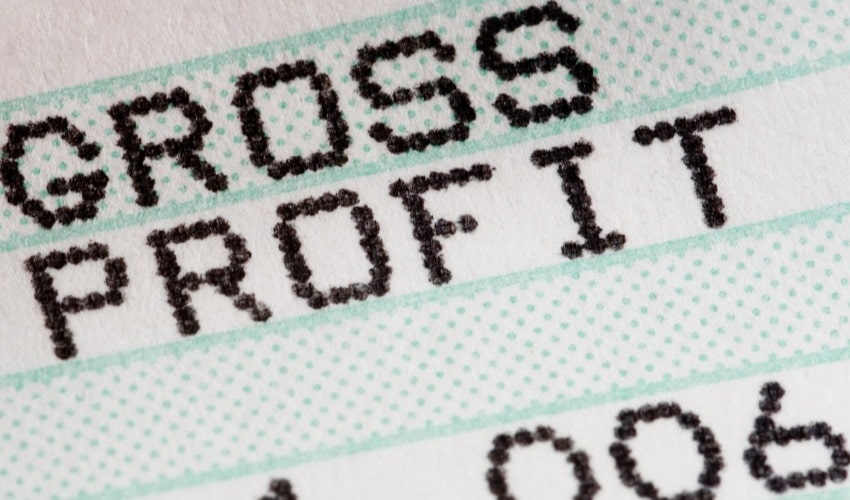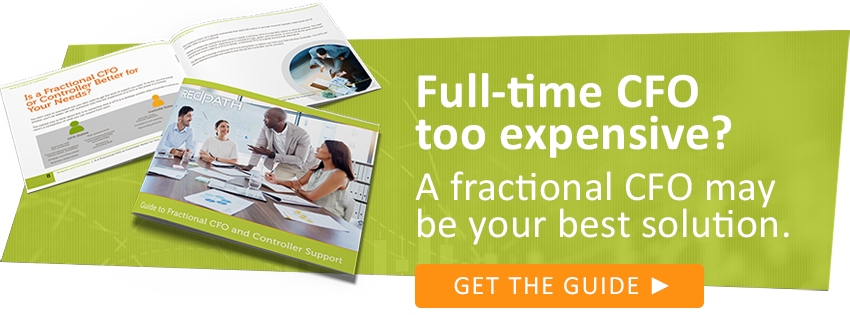3 Questions to Find the Right Accounting Partner for Your Construction Business
This article was originally written in October 2020. It has been updated with new references and information.

Many things can keep business owners up at night these days. One thing they should be looking at very closely is their gross profit margin. This key metric may already be top of mind for some leaders, it could be a topic someone vaguely remembers from a business class years ago, or it could be being ignored because of “all these other important things going on right now.” Consider this a wake-up call: too low a gross profit margin is an existential threat to a business.
On an income statement, a business keeps track of revenue, cost of sales, and SG&A (selling, general, and administrative) expenses. Revenue minus cost of sales is the gross profit. The gross profit divided by the revenue is the gross profit margin percentage.
Revenue – Cost of Sales = Gross Profit
Gross Profit / Revenue = Gross Profit Margin Percentage
Typically, the cost of sales flexes with the revenue amount. Think of it this way: if you’re making widgets, you’ll pay more for widget parts and assembly, but you’ll bring in more money by selling those extra widgets.
However, the real important information is in how much each of those additional widgets increases your true profits. And, conversely, if the widget market takes a dip, how much can you save by slowing down production?
For business leaders to be able to answer those questions, they must have a good sense of both their fixed and variable costs. The items that fall into the fixed and variable categories will be unique for every company.
Fixed costs can be thought of as the price of doing business, and they’re generally harder to shed. These numbers don’t fluctuate much, whether a company produces 10 widgets or 100 widgets. For this discussion, we will focus on the expenses within cost of sales. Some examples of fixed costs within cost of sales are:
Variable costs are typically tied to production or volume. Some examples are:
Although fixed costs don’t change fast with changes in volume, they may increase, especially in times like these when inflation is high. This and the fact that many businesses are paying more now for both raw goods and hourly labor means more businesses are likely facing slimmer gross profit margins than in the past. This should be a blinking warning light to CEOs.
Businesses need to know what their futures look like if revenue does happen to drop. This can be done through thorough modeling—which, again, will be unique based on the company and the industry.
Capital-intensive businesses, like manufacturers or construction firms (both of which are more likely to have higher fixed costs), should model what impact lowering their prices would have if they see revenue dropping. This is because businesses like these need to stay competitive and keep revenue levels up or they’ll be sunk in the long run by their proportionately larger fixed costs.
Unfortunately, the options for companies with smaller fixed costs are even worse when they see revenues falling. The first option to model for companies in this situation is raising prices. They should model how much revenue they expect to lose if they raise prices by, say, 10% and figure out whether that improves their gross profit. If not, these firms face the challenge of trying to shrink their fixed costs and likely have to look at SG&A costs, which can be extremely tricky to reduce and often have long-term negative impacts on growth.
Industries have ranges of gross profit margins that can be a good barometer to measure a company against. The first step, though, is to truly understand which costs are fixed and which are variable.
Experienced CFOs, either on staff or brought in specifically for this work, can help identify which costs fit into which category and whether or not a business’s profit margins are in line with industry averages. They can then model scenarios of how a company could be impacted by outside economic forces.
This work is also extremely important when a company is looking to grow. Putting money into a new store or factory line will increase fixed costs. Putting it into raw materials will translate more quickly into increased revenue. Modeling how these scenarios will play out over the next quarter or the next 10 years can give CEOs more assurance that they’re making the right decisions for their companies. 

This article was originally written in October 2020. It has been updated with new references and information.

Editor's note: this blog was updated in 2025 with additional resources for business owners.

In a significant shift on Friday, March 21, the Financial Crimes Enforcement Network(FinCEN) has revised its Beneficial Ownership Information (BOI)...